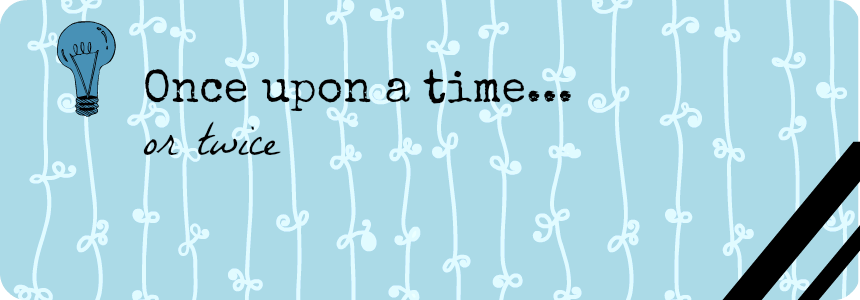Hello
everyone again!
First of
all, I want you to visit my partner’s blog because I think she has thought
about the feelings we have at this time of the course, and I totally agree with
everything she has said (DEC, 4):
And now, I
am going to explain the reason of why I am writing again about poetry for
children. My last post was focused on the importance of a poem in a little boy.
It was more focused in reading than in creating poems by their own. I would
like you to think about if all of us, including children, are able to create a
poem following different steps.
I had never
written a poem before I had to do it for completing a task, so I felt very
confused and afraid of doing it for the first time with my age. Finally, I
could do it without any problem, and I also liked the results I got. It is easier
than we think, and that’s what we have to tell our children.
Do you know what these is?
1. Haiku. It is
an unrhymed, syllabic poem adapted from the Japanese. Its structure is composed
by three lines of 5, 7 and 5 syllables. A haiku is necessarily imagistic and
concrete because of its brevity.
2. List poem. It is a simple poem which consists in the repetition of a structure many times. It could be only a list of things, or a sentence repeated during all the poem.
3. Letter poem.
It is an unreal letter for someone or something without much sense. It has to
be a rhythm in the last syllables.
4. Riddle poem.
It is a description of something in order to guess what the poem is talking
about. It could be finished with “Who am I?”.
The
pictures correspond with the four kind of poems I have done.
The teacher
can focus the activities related with creating poems in different ways,
although it is very important to give clear instructions of what they have to
do. Giving them only the kind of poem could be difficult, so the teacher can
play with the context, or even images. She can give children some pictures in
order to facilitate them the creation of sentences taking into account the
story and the characters.
As I have
said before, “Creating poems is easier than we think”. Why? Because it is an
opened activity where they can use their imagination, originality and also
their thought about the real life. The role of the teacher should be related
with evolving them in these activities. Children without imagination think that
this topic is boring, so we have to try them not to think that. Looking for rhythms
is interesting and fun, once you have you mind opened.
Think about
it!















